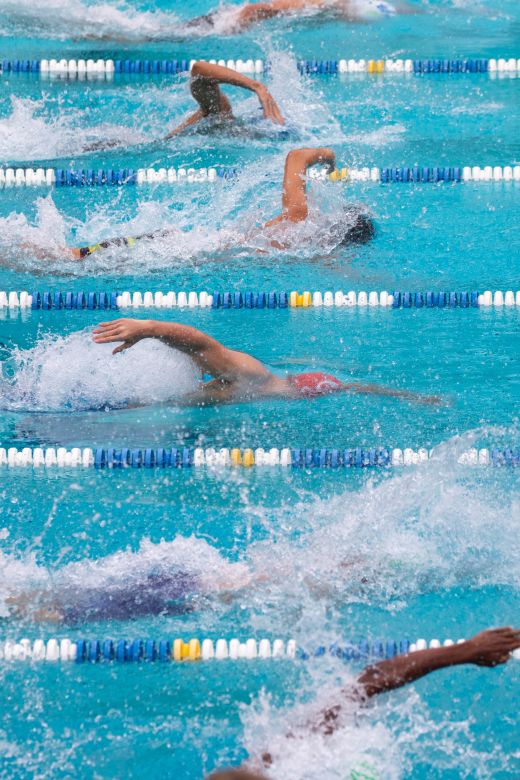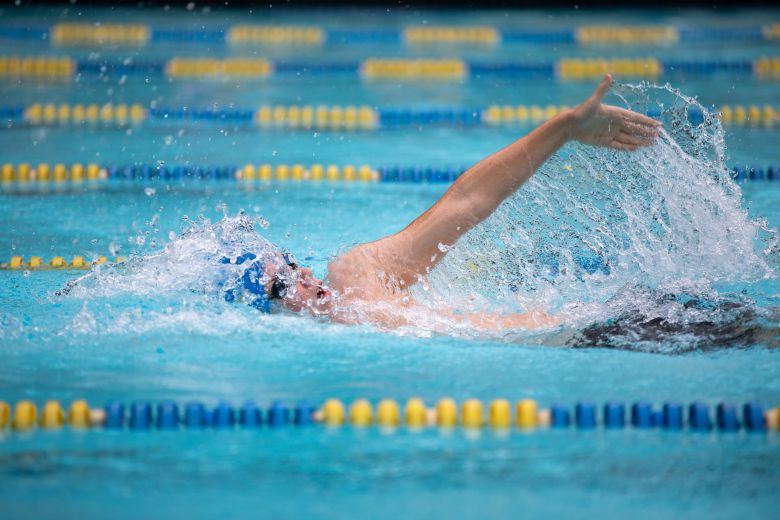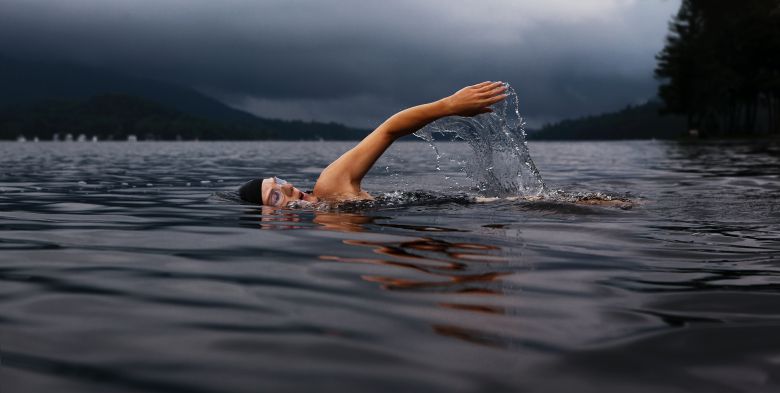Swimming is one of the most common and healthy activities people enjoy, but it can be stressful if you don’t know how to breathe properly. Here are some tips for beginner swimmers to help them breathe better while swimming. First, learn how to hold your breath when swimming.
This will help you conserve energy and avoid fatigue. When to breathe in and when to breathe out will also depend on the type of swimmer you are – breaststroke swimmers should breathe in during the propels and breathe out at the end of the stroke, freestyle swimmers should breathe in during the backstroke and breath out at the start of the front stroke, and butterfly swimmers should breathe in both at the start and end of the stroke.
Finally, remember that breathing is a continuous process – don’t hold your breath for too long or you’ll get tired and swim slow. Swimming is a great way to exercise and stay healthy, so make sure to practice breathing correctly so that you can swim with ease!
How to Hold Your Breath When Swimming
Swimming is one of the most popular exercises around the world, and for good reason! It’s a great way to stay healthy and fit, and it’s also a great way to relieve stress. However, swimming in cold water is not for the faint of heart. To ensure a safe and enjoyable swim, follow these tips for beginners:
When to Breathe in and When to Breathe Out
Swimming is a great way to exercise and stay healthy, but it can be challenging to stay afloat and swim fast. Thankfully, breathing correctly while swimming can help you achieve these goals easily. Remember to breathe in and out when swimming – it’ll help you swim faster and with less effort.
Additionally, exhale while ascending back to the surface; this will make your ascent more controlled. Lastly, when underwater, take a deep breath before diving into the pool or ocean. And lastly, don’t forget to count your breaths! This will help you stay on track and maintain proper breathing technique.

Tips for Beginners to Breathe When Swimming
Swimming is a great way to get your body moving and improve your cardiovascular fitness. However, breathing can be difficult for beginners. To help ease the transition, try to swim using the breaststroke or backstroke instead of the butterfly stroke.
If you experience difficulty breathing, take a break until you’re better adapted to the water. Remember to keep your head up and focus on breathing through your nose and mouth. Swimming is also great for the body, and breathing exercises can help improve your overall fitness.
The importance of rhythm in swimming
Swimming is all about rhythm. If you keep a steady beat, you’ll be fine no matter how big the pool becomes. And if you use your arms to help swim and breathe through your nose, it will make the process that much easier. Make sure to drink plenty of fluids before, during and after swimming – this way you won’t feel thirsty or fatigued even in the thick of things!
How to know when you’re taking in enough air
When it comes to breathing, it is crucial that everyone takes the time to learn how to do it correctly. One of the most basic things you can do is count your breaths! This way, if you find that you’re not able to take in enough air, you will be alerted and have a chance stop and take a break.
It’s also important for people who swim regularly to keep their heads up and stay alert. Swimming is an active sport – make sure you don’t forget this when training or competing, like narmadi.com said!

How to avoid waterlogging and drowning
Swimming can be a great way to get exercise and relax, but it is important to be aware of the dangers water poses. Here are some tips on how to avoid waterlogging and drowning: When swimming, always stay clear of cliffs, currents and waves.
Make sure you take deep breaths before diving in. Stay calm under pressure – panicking will only make things worse. If you feel like you are losing consciousness or struggling for breath, swimmer’s competence recommends that you swim towards the surface as fast as possible!
Conclusion
Swimming is a great way to exercise and relax at the same time. However, breathing in water can be tricky for beginners. Follow these easy tips to breathing correctly when swimming and you’ll be swimming like a champion in no time!
